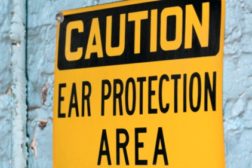Home » Keywords: » occupational hearing loss
Items Tagged with 'occupational hearing loss'
ARTICLES
Hearing loss can affect mental health & quality of life
Isolated & Depressed
June 15, 2018
Seven elements of a successful hearing conservation program
Cut the noise
September 1, 2017
Become a Leader in Safety Culture
Build your knowledge with ISHN, covering key safety, health and industrial hygiene news, products, and trends.
JOIN TODAYCopyright ©2025. All Rights Reserved BNP Media.
Design, CMS, Hosting & Web Development :: ePublishing





